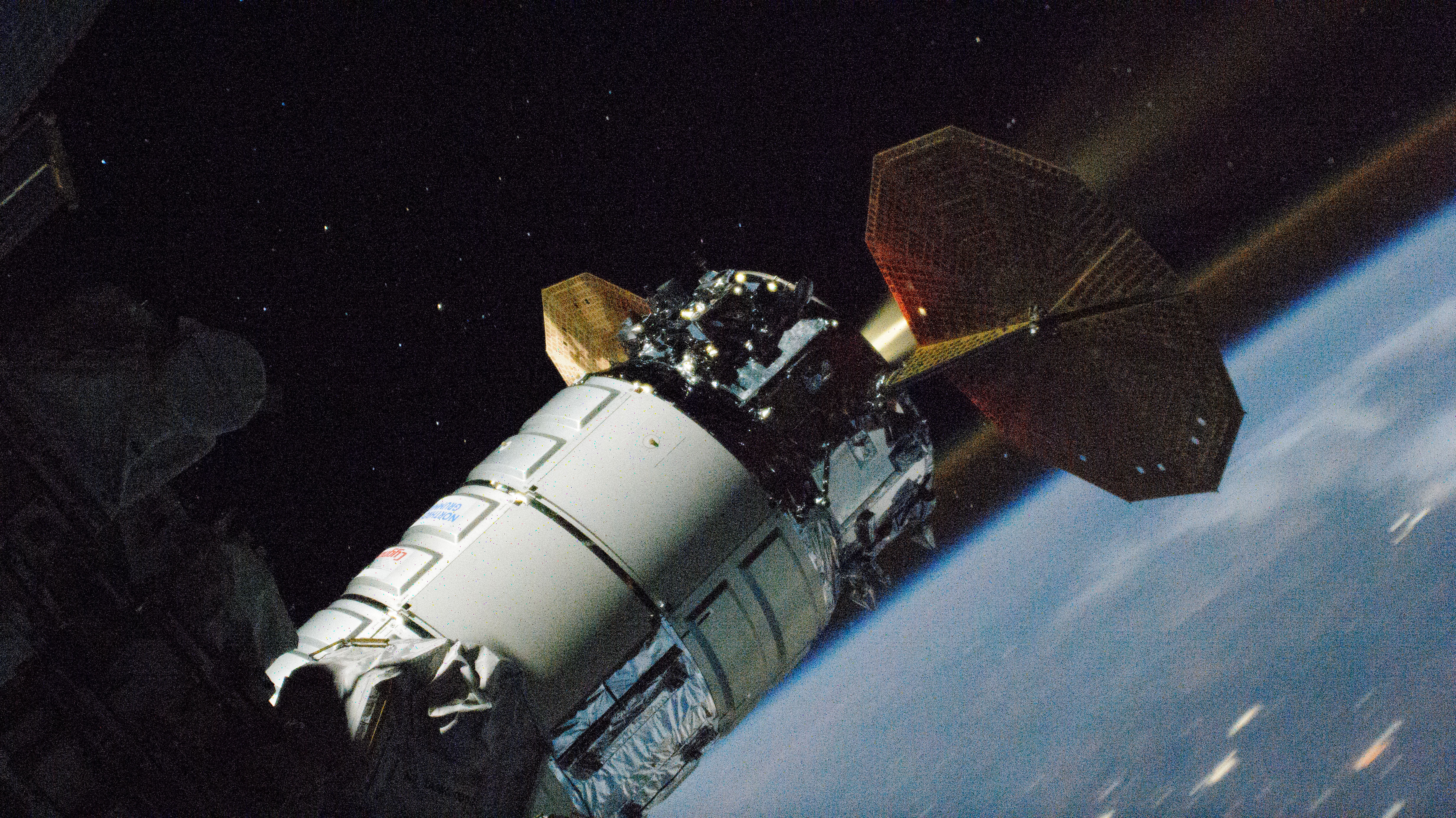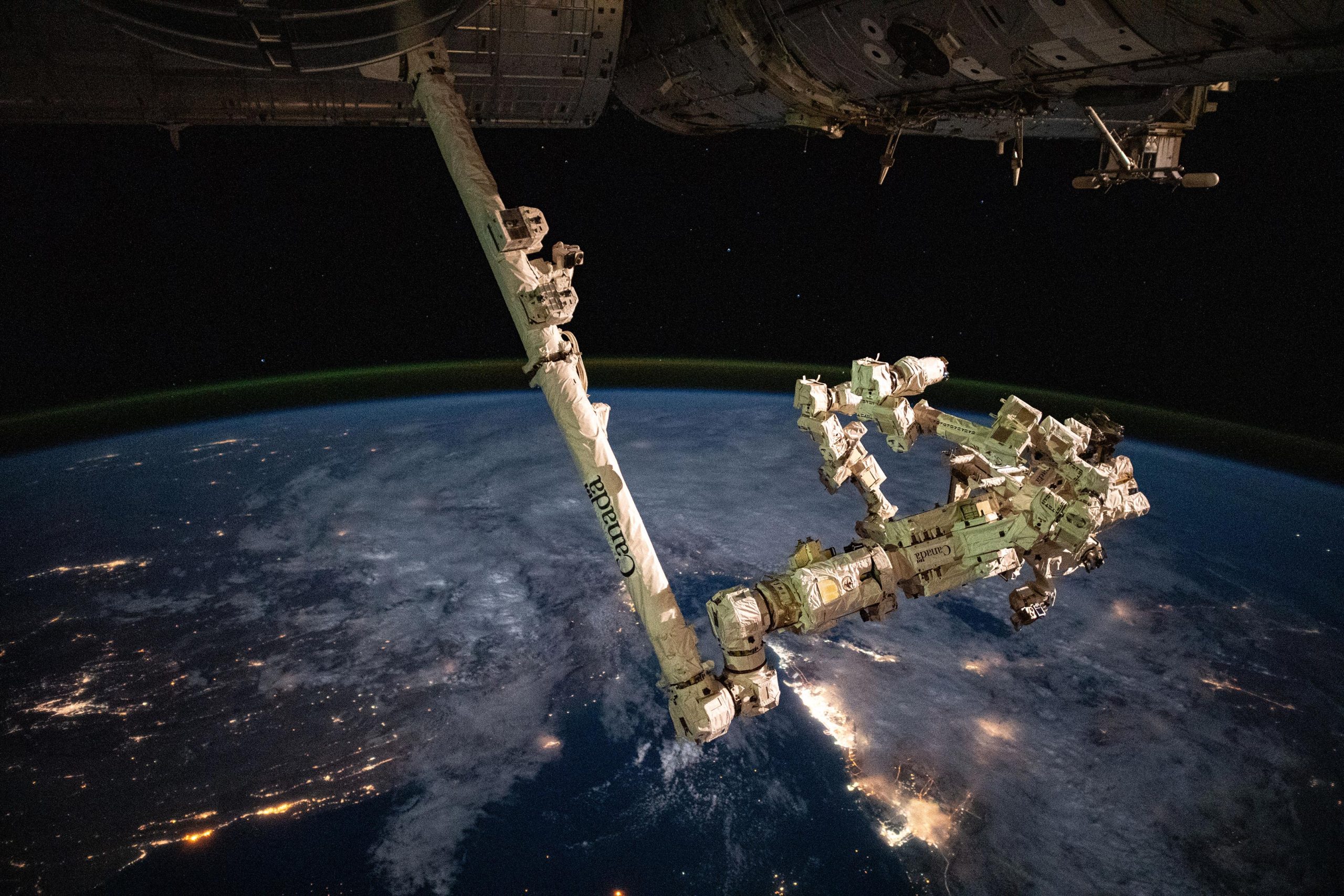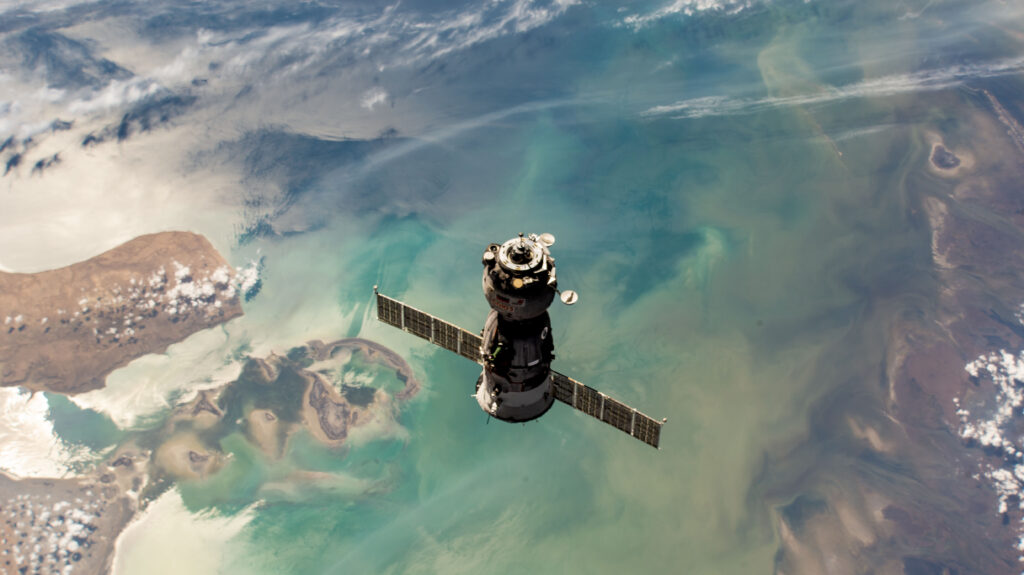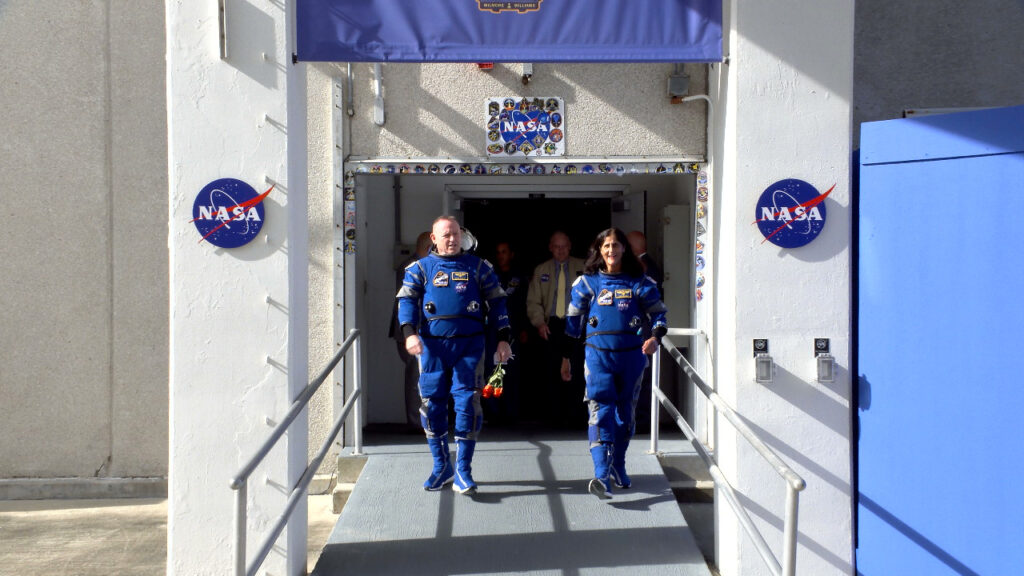
A full day of robotics and cargo ops kept the Expedition 71 and Boeing Crew Flight Test crews busy on Monday as the nine orbital residents kick off a week of maintenance and science aboard the International Space Station. The crew also scheduled in some time for human health research and physical science activities.
NASA astronauts Tracy C. Dyson, Jeanette Epps, Matthew Dominick, and Mike Barratt all completed a round of robotics training throughout the day ahead of the departure of Northrop Grumman’s Cygnus space freighter. The quartet practiced capturing a cargo craft and trained to operate the Canadarm2 robotic arm.
Cygnus, which was captured by the robotic arm on Feb. 1, will be released by robotics controllers later this month for disposal over the South Pacific Ocean, ending its five-and-a-half-month mission at the orbital lab. Along with training, Dominick and Epps spent part of the day loading trash and discarded gear inside the spacecraft.
Epps also processed and separated Hicari samples in the Kibo Laboratory for future return to Earth. Hicari, an experiment led by JAXA (Japanese Aerospace Exploration Agency), investigates high-quality crystal growth of semiconductors. Later on, she inventoried emergency equipment, including the fire extinguisher, masks, and air supply tanks.
Meanwhile, research to assess psychological and physiological responses to microgravity was underway in the Destiny module. Dyson collected biological samples for the Standard Measures investigation, then stowed them in MELFI, the orbital lab’s ultra-cold freezer, for future analysis.
Starliner Commander Butch Wilmore and Pilot Suni Williams worked together to review use procedures for the Fluid Systems Servicer, which drains, purges, and circulates fluids on systems aboard the space station. Wilmore then refilled coolant loops in the water pump assembly located in the Columbus module.
Cargo ops, robotics activities, and health research also occupied the three cosmonauts’ schedules on Monday. In the morning, Flight Engineer Alexander Grebenkin donned a device that captures blood pressure measurements to study how the cardiovascular system adapts to microgravity. He then practiced his piloting techniques during a Pilot-T session. Current station Commander Oleg Kononenko loaded trash and discarded gear inside Progress 87, which is slated to undock from the station in August. He later joined by Flight Engineer Nikolai Chub to inspect and photograph windowpanes to assess their condition for future maintenance.
Learn more about station activities by following the space station blog, @space_station and @ISS_Research on X, as well as the ISS Facebook and ISS Instagram accounts.
Get weekly updates from NASA Johnson Space Center at: https://roundupreads.jsc.nasa.gov/
Get the latest from NASA delivered every week. Subscribe here: www.nasa.gov/subscribe




